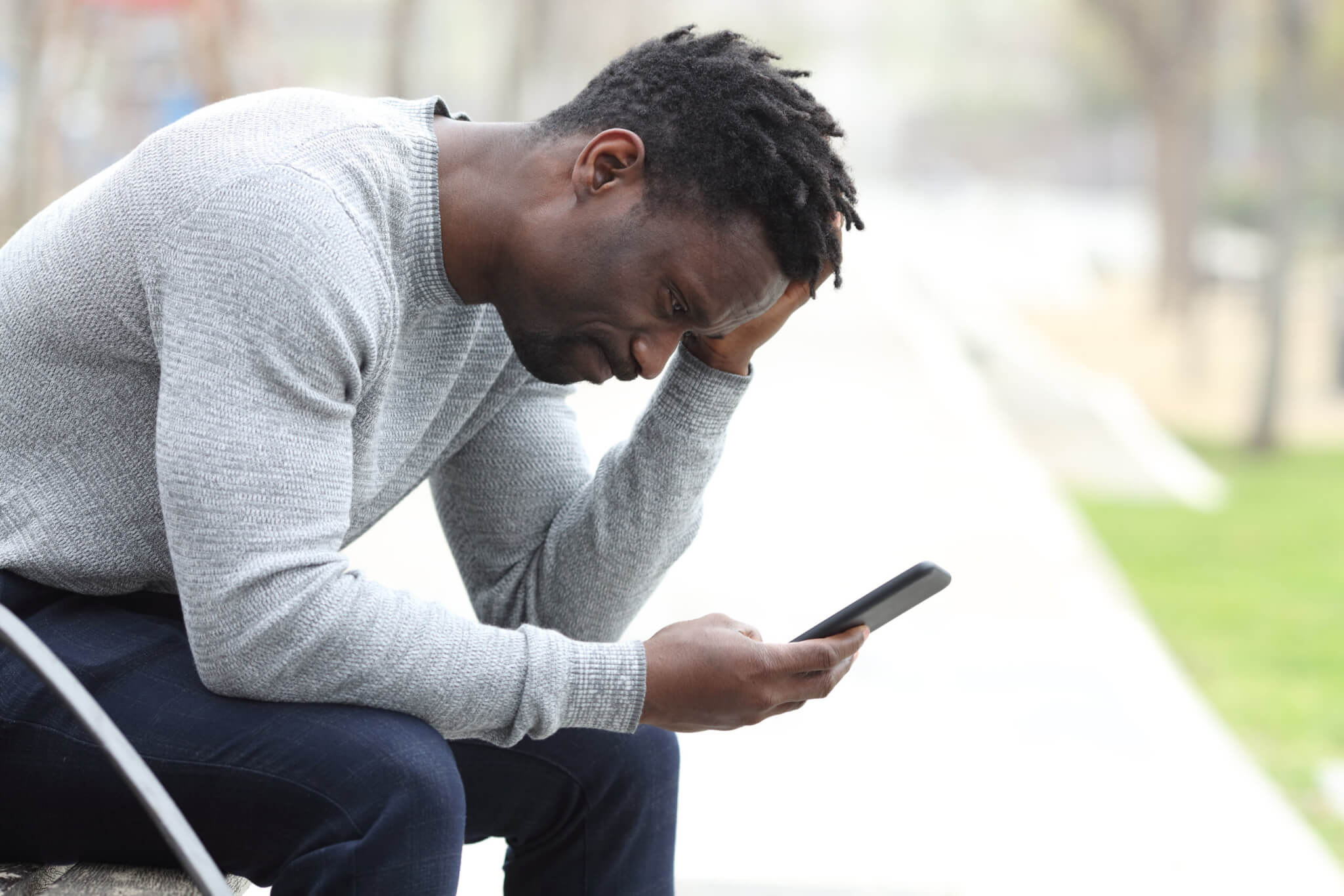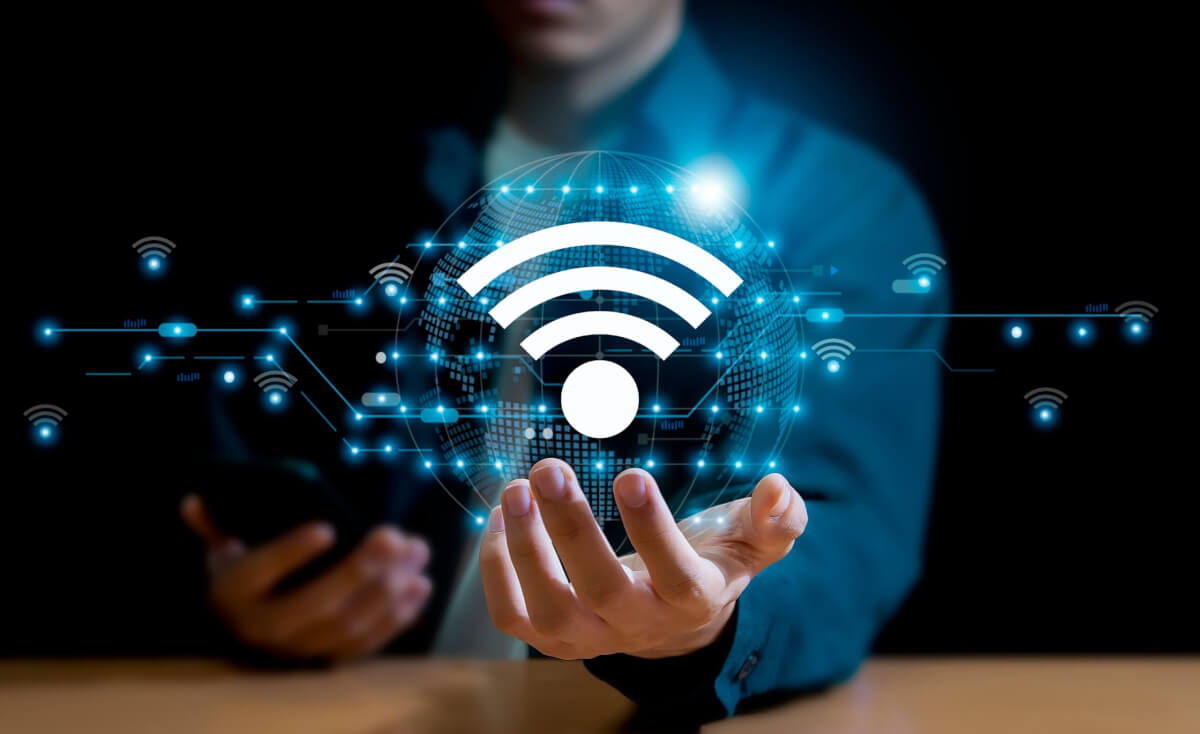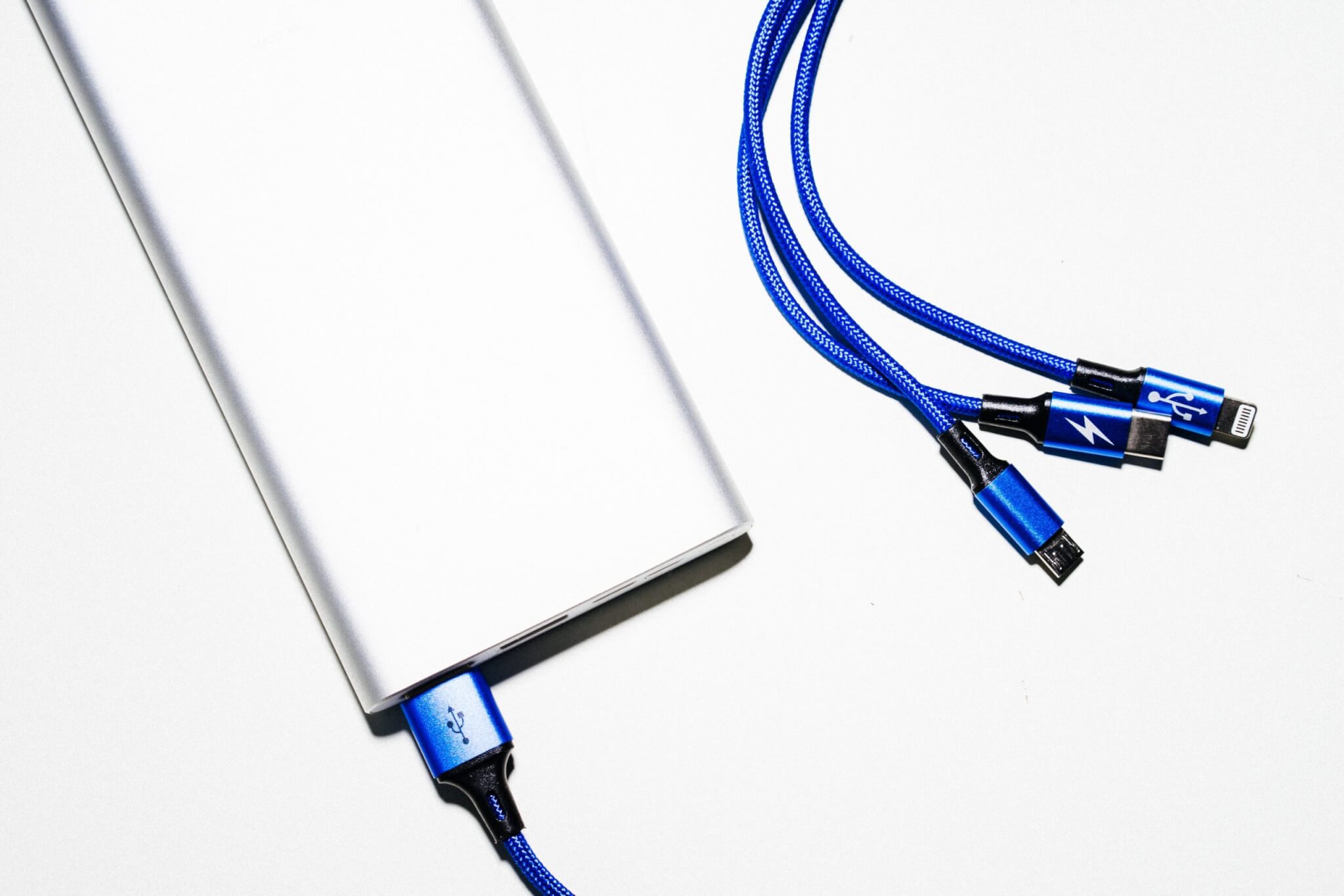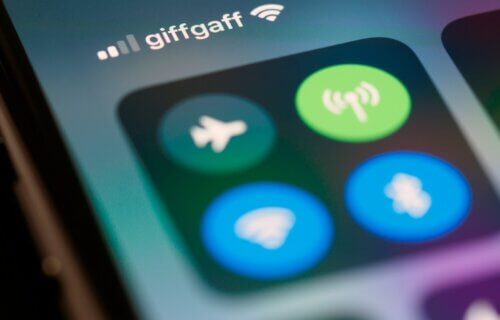AT&T, Verizon, and T-Mobile customers across the United States were hit with a major outage on Thursday, leaving many unable to make calls, send text messages, or access the internet on their mobile devices. AT&T was hit particularly hard, with the telecommunications giant acknowledged the widespread service disruption. Many customers were panicking and even fearing an act of digital warfare at play.
The outage appears to have stemmed from technical issues related to the handoff process between cellular towers, according to CNN, rather than a cyberattack. By late morning, AT&T announced that crews had restored service to roughly three-quarters of the affected network.
Since so many of us rely heavily on our smartphone for communication, information, entertainment, and more, what should we do when our provider experiences a lengthy outage? Here are nine practical steps to manage effectively during a service disruption:

Cellphone Outage Checklist: 9 Things To Do
1. Check With Your Provider: Most major carriers have outage maps on their websites showing known issues and offering real-time updates. This can give you an idea of how widespread the problem is and when service might be restored.
2. Have an Alternative Communication Plan: Establish a plan with family, friends, and coworkers for how to communicate during a network outage. This might include using social media platforms, email, or even old-fashioned landlines. Having a predetermined meeting place or a way to leave messages can also be helpful.
3. Switch to Wi-Fi: First and foremost, connect your device to a Wi-Fi network if possible. This allows you to access internet-based communication services such as email, social media, and messaging apps like WhatsApp or Facebook Messenger. Many public places offer free Wi-Fi, so consider heading to a nearby café or library if your home network isn’t available.

4. Use a Wi-Fi Calling Feature: If your phone supports Wi-Fi calling, enable this feature to make and receive calls over a Wi-Fi network. This can be a lifesaver when cellular networks are down but Wi-Fi is operational. Check your phone’s settings to see if this feature is available and ensure it’s activated.
5. Go Old School: Find alternate sources of information or entertainment. With no cellular data, you won’t be able to access many apps and services on your phone. Read a book, listen to a radio, or engage in offline activities instead.
6. Conserve Device Battery Life: Limit cellphone use to conserve battery until full service resumes. Turn off background apps and reduce screen brightness. For longer outages, use battery saver mode or even turn your device off.

7. Keep a Portable Charger Handy: Power outages often accompany service outages, especially during natural disasters. Having a fully charged portable power bank can keep your device operational longer, ensuring you remain connected via Wi-Fi and can access emergency services if needed.
8. Stay Informed Through Alternative Means: If your cellphone is your primary news source, find alternative ways to stay informed during an outage. Battery-powered radios, laptops, or even car radios can provide access to live news broadcasts. Additionally, local authorities often use social media to update citizens on service restoration efforts and safety instructions.
9. Relax: Be patient and don’t panic. Cellular outages rarely last longer than a few hours. The situation is likely beyond your control but service will most likely return shortly. Avoid stressing over all the things you can’t do; focus on adapting until connectivity resumes.
Cellphone service outages, while frustrating, are usually temporary. By preparing in advance and knowing how to adapt, you can navigate these disruptions with minimal stress. Keeping calm and employing these strategies will help ensure you remain connected and informed until service is restored.
